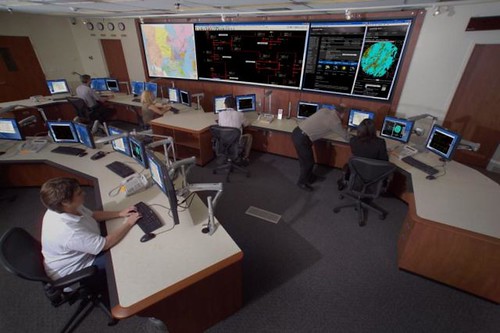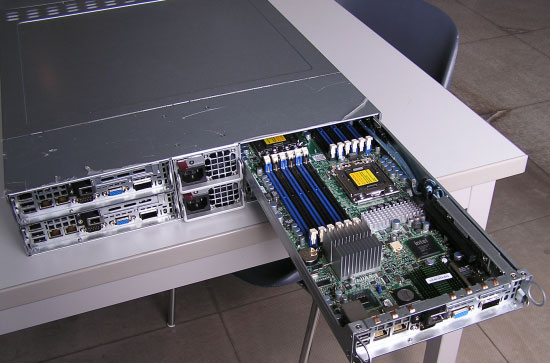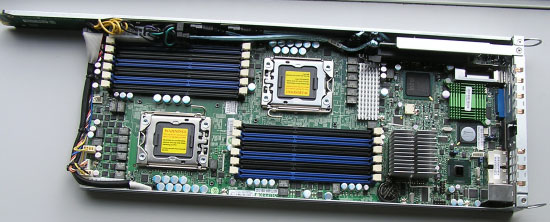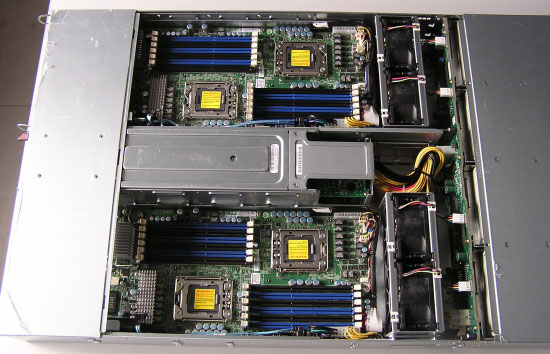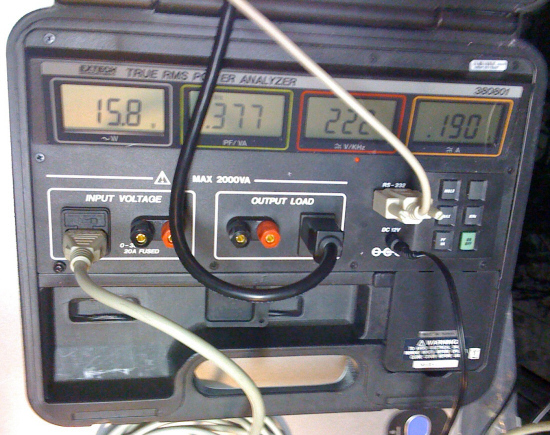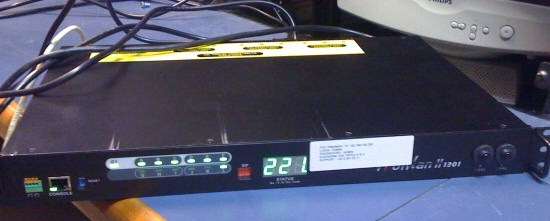My blogging was not much last week as I was on vacation for 4 days, at a Microsoft energy efficiency event, visited a client, trip to LBNL, and Data Center Dynamics SF. But, all this time away from blogging has just built up a bunch more that I need to write. Mike Manos wrote a good post on the marketing of PUE which drove a lot of conversation and his participation in a panel at DCD SF.
At the Intersection of Marketing and Metrics, the traffic lights don’t work.
July 4, 2009 by mmanos
To that end there is no doubt that the PUE metric has been instrumental in driving awareness and visibility on the space. The Green Grid really did a great job in pulling this metric together evangelizing it to the industry. Despite a host of other potential metrics out there, PUE has captured the industry given its relatively straight forward approach. But PUE is poised to be a victim of its own success in my opinion unless the industry takes steps to standardizes its use in marketing material and how it is talked about.
I had a chance to catch up with Mike at DCD SF and many others, and shared my latest crazy idea to change data center behavior.
A week ago on vacation i wrote about Charity: Water’s three techniques for transparent philanthropy.
So what’s his secret? Mr. Harrison’s success seems to depend on three precepts:
First, ensure that every penny from new donors will go to projects in the field. He accomplishes this by cajoling his 500 most committed donors to cover all administrative costs.
Second, show donors the specific impact of their contributions. Mr. Harrison grants naming rights to wells. He posts photos and G.P.S. coordinates so donors can look up their wells on Google Earth. And in September, Mr. Harrison is going to roll out a new Web site that will match even the smallest donation to a particular project that can be tracked online.
Third, leap into new media and social networks. This spring, charity: water raised $250,000 through a “Twestival” — a series of meetings among followers on Twitter. Last year, it raised $965,000 by asking people with September birthdays to forgo presents and instead solicit cash to build wells in Ethiopia. The campaign went viral on the Web, partly because Mr. Harrison invests in clever, often sassy videos.
The big eye opener was thinking about how to allocate data center costs to change behavior. I sketched the idea in the below diagram to organize some of the ideas.

Typical data center costs go to an allocation model which is based on the business units using IT services based on space, power, network access and maybe a few other usage stats. While this method is accepted as standard practice, what incentives do the business units have to be more efficient? As we all know. Not much.
Taking the idea of cost allocation and 100% effectiveness of funding from Charity: Water, separate data center costs into those that the business units actually use to run their business services, and all other costs of over provisioning, waste, excess design, etc that some executive, architect, paranoid individuals said are must be requirements of the data center send them the monthly costs for their decisions.
Imagine what the executives will do when they see they are charged for their data center decisions they made. I told this idea to one finance guy, and he admits at first he thought why? Then, he got it and his head started spinning. Oh my god! You would shake up things so much. People would start to ask how much am I going to get charged? I don’t have the budget for that. Wait you don’t understand, we have the budget as were going to have to pay for it anyway, we are just going to move the cost reporting to your department instead of the business units.
When you take a million dollars of excess data center capacity and spread it amongst dozens of business units no one does anything. Take that same million dollars and charge it to the executive who made the decision, then watch what happens in data center decisions.
PUE is great for the data center design, construction, and operations staff to measure the efficiencies of power and cooling systems, but PUE does not drive efficient, green behaviors in the data center by others in the organization.
What is needed is a Cost Usage Effectiveness (CUE) for data centers take the Total Costs of the Data center divided by the Costs used by the Business Units to equal the data center cost usage effectiveness.
